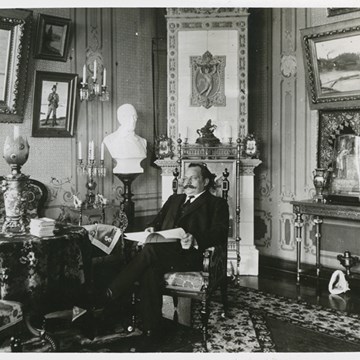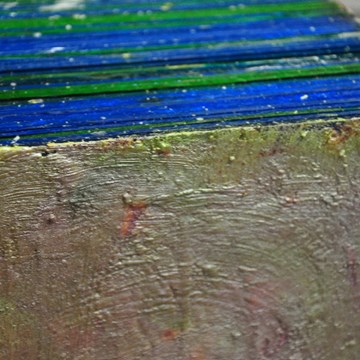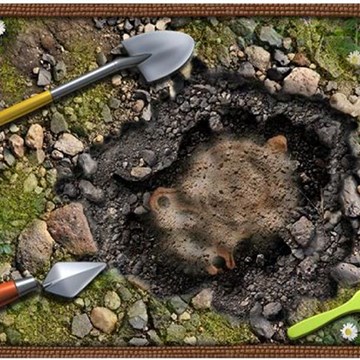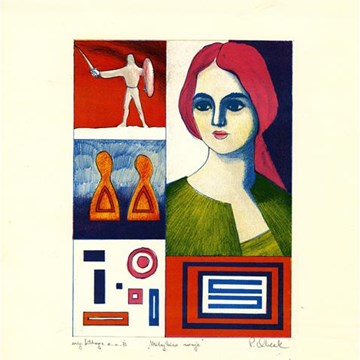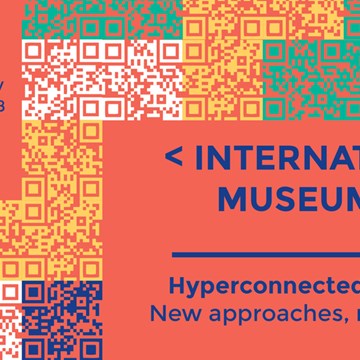Tyrolean Folk Art Museum
Tiroler Volkskunstmuseum
Eighty years after it was founded, the museum in Universitätsstrasse underwent substantial reconstruction in 2008/2009 and now has a new look. Lucifer is the ‘light-bearer’ who guides visitors through the ‘new’ Museum of Tyrolean Folk Art. He is the agent provocateur, the enfant terrible in our brave, seemingly well-ordered museum world. He asks questions, casts doubts, and undermines: what is art? What is craft? What is real? What only seems to be? Lucifer devotes himself to reality.
The varied exhibition areas include ‘Miniaturen des Evangeliums’ [‘Gospel Miniatures’] (cribs), ‘Pralles Jahr’ [‘Year Full to Bursting’], ‘Prekäres Leben’ [‘Perilous Life’], ‘Schein und Sein’ [‘Illusion and Reality’] (traditional costumes), the Studiensammlung [collection of studies], and the Stuben [parlours]. Visitors are also ‘prepared’ for the Court Church by an impressive preview.
The Museum of Tyrolean Folk Art in Innsbruck is one of the most beautiful of its kind in Europe. In 1888, the Tyrolean trade association decided to build a ‘Tyrolean trade museum’ in Innsbruck. Initially, exemplary crafted contemporary products were collected. They were meant to give Tyrolean craftsmen new ideas.
Later, “Old Tyrolean arts and crafts as well as the products of domestic Tyrolean diligence” were also included in the collection. The collection of the ‘Tyrolean museum for folk art and trade’ (1903), which was then owned by the chamber of trade and commerce, was afterwards relocated to the former Franciscan monastery that still houses it today. In 1926, the Tyrolean chamber of trade and commerce handed the exhibits over to the County of Tyrol, obliging the county to “set them up in a publicly accessible museum”.
In 1929, the Museum of Tyrolean Folk Art—as it was henceforth called—was opened. Many of its objects had been purchased prior to World War I. They came from the old County of Tyrol, including the Province of Trento (southern part of the historic Trentino region), and the Ladin valleys around the Dolomites. The collection items belong to various social strata: the peasantry, the middle classes, and the nobility. The collection is centred on artisan craftwork, applied arts, domestic industry, popular piety, masks, and traditional costumes.
Text source: http://www.tiroler-landesmuseum.at/html.php/de/volkskunstmuseum
Foto source: http://www.tiroler-landesmuseum.at/html.php/de/tiroler_landesmuseen/besucherinformation
Other venues
Exhibitions and events
We don't have anything to show you here.
Educational programs
We don't have anything to show you here.
Collections
We don't have anything to show you here.





